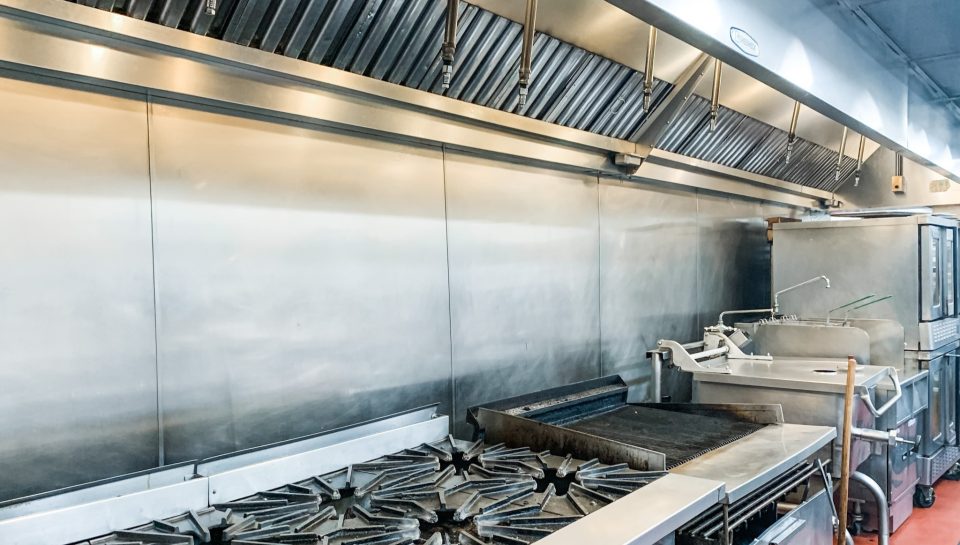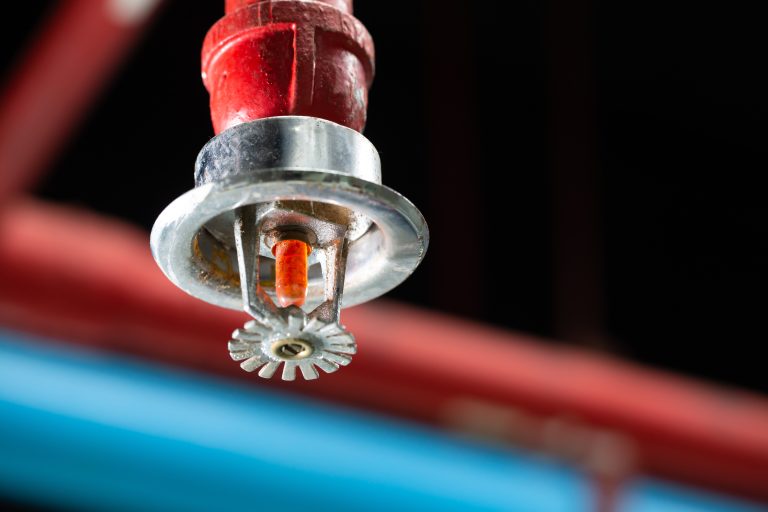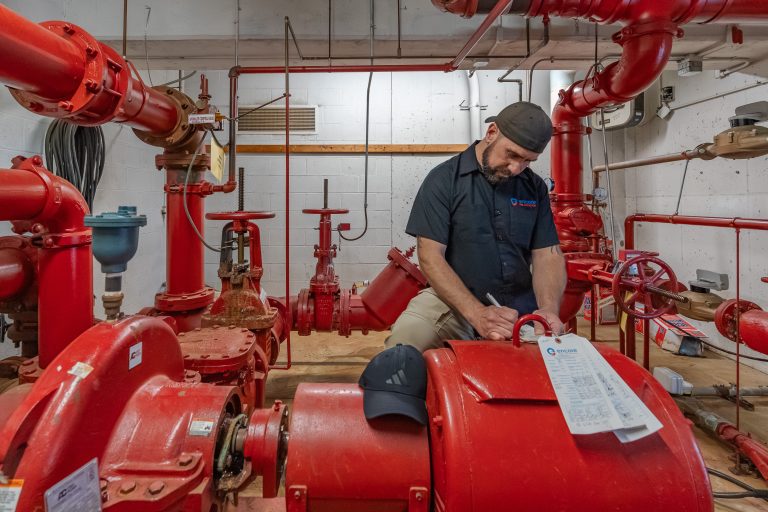Your Top 4 Commercial Kitchen Ventilation Questions Answered

If you can’t stand the heat, get out of the kitchen. Or maybe you have a ventilation problem.
A properly functioning kitchen ventilation system is one of the most critical investments a commercial kitchen owner can make. Your hood and exhaust system do far more than clear smoke—they protect your business from fire hazards, ensure regulatory compliance, and most importantly, keep your team safe.
If you’re experiencing kitchen ventilation issues, you’re not alone. We’ve answered thousands of questions from kitchen managers and owners facing common ventilation challenges.
Here are the top questions we get and how to solve them.
1. Does My Kitchen Hood Meet Current Code Requirements?
Your hood must comply with NFPA 96 standards and modern efficiency requirements. Hood compliance issues typically stem from leaks, outdated galvanized materials, or improper construction. Modern stainless steel with welded seams allows for better sanitation and durability.
✅How to Fix: Have a professional inspect your hood for leaks and material condition. If your hood has developed leaks or uses outdated galvanized materials, Encore can help you restore compliance with a patch and other upgrades to bring your system up to current standards. We also recommend modern stainless-steel construction with welded seams, which provides better sanitation and durability.
2. Why Is Smoke Not Being Captured by My Kitchen Hood?
If smoke drifts past the hood into your kitchen or dining area, the problem usually stems from one of three issues.
- An undersized hood for your cooking equipment
- Exhaust fan issues (belt slippage, motor wear, or duct restrictions)
- Makeup air that isn’t replacing exhausted air fast enough, creating negative pressure
✅How to Fix: Have a professional perform an airflow assessment. A qualified technician will measure capture velocity and check static pressure throughout the system. They may recommend adjusting hood size, fan power, or makeup air.
3. Why Is My Exhaust Fan So Loud or Not Working Properly?
Fans fail gradually, often showing warning signs like rattling, grinding, or humming. Common causes include grease-clogged blades, worn belts, corroded bearings, or overheating motors.
✅How to Fix: Schedule quarterly fan inspections that include blade cleaning, belt tension checks, bearing lubrication, and motor testing. Listen for unusual sounds as early warning signs. Replace belts annually as preventive maintenance, even if they look fine. An inexpensive belt replacement beats an expensive emergency motor replacement any day.
If your fan is making noises or not drawing enough air, call our experts to balance the fan, inspect the system, and upgrade parts as needed.
4. Why Is My Kitchen So Hot Despite Running the Exhaust System?
This is often a make-up air problem. If exhausted air isn’t replaced, your kitchen develops negative pressure, which pulls in unconditioned air and reduces hood efficiency. Slamming doors or drafts are a telltale sign.
✅How to Fix: Install a properly sized makeup air system that replaces 80–85% of exhausted air. Position diffusers strategically to avoid blowing directly on cooking lines. Consider a demand-controlled system that adjusts make-up air based on actual exhaust rates, saving energy during slower periods. Our team at Encore can help design and install a system that maintains proper pressure balance without creating hot or cold spots in your workspace.
Is your kitchen too cold? Consider upgrading to a tempered air system to provide warmth and create a better working environment.
Other Kitchen Ventilation Issues to Watch For
While the four questions above are the most common, your kitchen ventilation system can develop other issues that deserve attention:
- Damaged or corroded ductwork – leaks reduce efficiency and increase fire risk.
- Fire suppression integration problems – improper connections create code violations and safety hazards.
- Condensation in ductwork – causes drips and accelerates corrosion.
- Equipment rearrangement – If you recently moved your cooking equipment, your ventilation system may need adjustment to maintain proper coverage and efficiency.
- Hood positioning problems – hoods must extend at least 6 inches beyond cooking surfaces.
Don’t Let Kitchen Ventilation Problems Shut You Down
Your kitchen ventilation system does more than clear smoke. It protects your investment, keeps your staff safe, ensures compliance, and maintains a comfortable environment for your team.
The cost of prevention is always lower than the cost of repair.
That’s where we come in. Encore Fire Protection offers design, installation, and ongoing service of complete commercial kitchen ventilation systems. Our solutions encompass exhaust hoods, fans, ductwork, filtration, and make-up air systems. Whether you’re dealing with ventilation issues now or just want to stay ahead of problems, we make it easy to maintain a safe, efficient, and compliant commercial kitchen.
For more information about our services or to schedule an assessment, fill out the form below.
Latest Posts
AI, IoT, and Drones: 4 Emerging Trends in Fire Sprinkler Technology for 2025
Fire protection is evolving fast — and if your fire sprinkler system isn’t keeping up, your safety strategy might be stuck in the past. In…

Fire Sprinkler Systems 101: The Five Types Every Business Owner Should Know
When fire strikes, sprinkler systems aren’t just a safety feature — they’re your first responder. Think of them as your building’s built-in firefighters, ready to…

The History and Future of Fire Protection Systems
From ancient cities to modern skylines, fire has always been a threat–and figuring out how to control it has shaped how we live, build, and…

